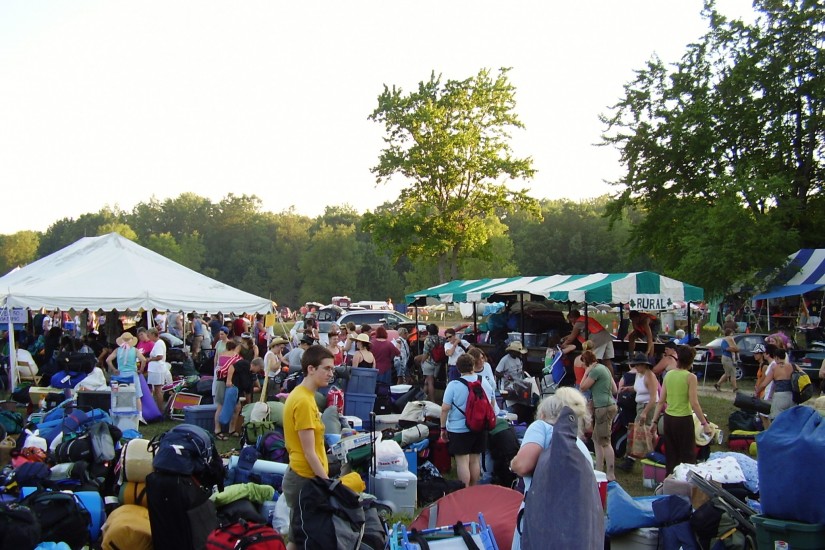How do women gain power in a society economically and politically dominated by men? This question vexed mid-20th-century second-wave feminists. At issue was whether women should occupy male spaces or create their own female spaces. For example, was power acquired by demanding entry to traditionally masculine domains like Ivy League colleges, private clubs, and corporate boardrooms? Betty Friedan and other members of the National Organization for Women fought legal battles in pursuit of those goals. Or could women successfully exert power by rejecting mainstream society to live in a women-only world? Radical lesbian groups such as Washington, DC’s Furies Collective chose this path. In Herlands, Keridwen Luis investigates other groups of women who opted for segregation. For them, separatism was a political statement of their power to live without men.
Luis introduces the reader to an obscure microculture of women who live in intentional communities composed entirely of women, what she calls “women’s lands” occupied by “land women.” (A subset of “lesbian lands” restricts membership to lesbians or “landdykes,” a term created by landdykes themselves.) Women’s lands exist in urban, suburban, and rural locales. Far from being a relic of the 1970s, there are still over one hundred such communities in the United States. Although Luis distinguishes between women’s lands and lesbian lands, the book is predominantly about lesbians.
Upon being invited to review this book, I reached for my copy of Charlotte Perkins Gilman’s Herland (1915). Ah, I thought, an homage to Gilman soon after the centennial of her utopian novel. In it, she described a “Woman Land,” where only women and girls lived; no men were allowed. Imagine my surprise when I found nary a mention of this feminist classic in the book’s introduction, nor elsewhere in it. Neither does Luis use the term “herlands” anywhere but in the title. How could Luis have ignored this feminist classic? My assignment, however, was not to ponder this question, but to reflect on issues of feminist uses of space, a topic that grounds Luis’s work.
